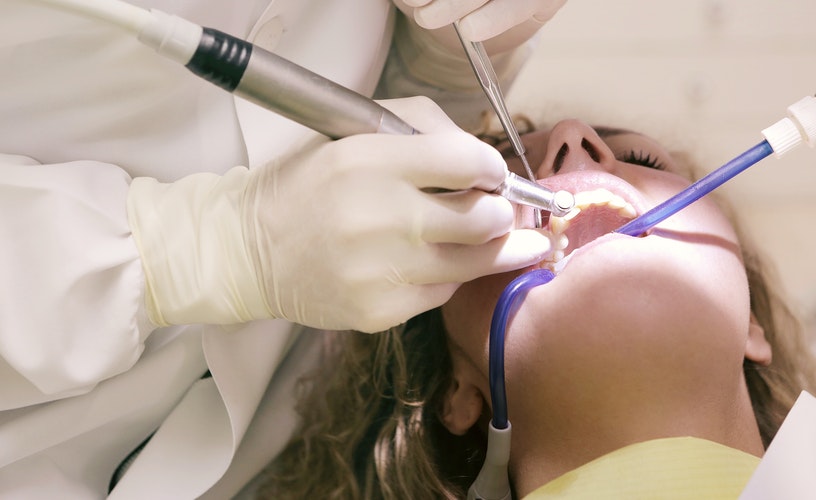Choose the Right Respirator Welding Helmet for Maximum Safety and Comfort
Welding is a demanding job that requires not only precision but also maximum protection. Welders are regularly exposed to harmful fumes, sparks, and intense light that can affect their health and safety. For this reason, choosing the right respirator welding helmet is no longer optional—it’s a necessity. This specialized equipment combines respiratory protection with full-face coverage, offering an all-in-one solution that keeps welders safe and efficient on the job.
Why Welders Need a Helmet With Respirator Protection
Traditional welding helmets protect the eyes and face from ultraviolet light, infrared radiation, and flying debris. However, they do not provide protection against hazardous airborne particles such as metal fumes, gas vapors, or fine dust that are often released during welding processes. That’s where a welding helmet with respirator comes into play.
These helmets feature built-in respiratory protection systems, such as powered air-purifying respirators (PAPRs) or supplied air systems, which filter out harmful contaminants before they can be inhaled. This dual protection helps prevent long-term health conditions like metal fume fever, respiratory irritation, or even chronic lung disease.
Key Features to Look for in a Respirator Welding Helmet
When selecting the right respirator welding helmet, welders should focus on a few essential features that enhance both safety and comfort:
1. Integrated Respiratory System
A high-quality welding helmet with respirator should include either a PAPR system or a connection to a clean air supply. PAPRs use a battery-powered fan to draw in air through filters, providing clean, breathable air to the welder. This reduces fatigue and allows for extended work sessions without compromising safety.
2. Auto-Darkening Lens
An auto-darkening lens is crucial for welders who work across different light intensities. This lens automatically adjusts its shade based on the arc brightness, protecting your eyes from harmful radiation while improving visibility. Many respirator welding helmets include this feature to reduce eye strain and improve productivity.
3. Comfort and Ergonomics
A helmet worn for hours needs to be lightweight, well-balanced, and adjustable. Top-tier helmets offer padded headgear, multiple adjustment points, and breathable linings. Since the welding helmet with respirator includes extra components like filters and blowers, it should be designed with comfort in mind to avoid neck and shoulder strain.
4. Battery Life and Filter Indicators
For PAPRs, battery life is a crucial factor. A good helmet should run for a full shift without requiring a recharge. Look for systems with LED indicators that alert you when the battery is low or when filters need replacement. This ensures consistent protection and prevents downtime.
5. Durability and Build Quality
A respirator welding helmet must withstand harsh working environments, including high temperatures, sparks, and physical impact. Helmets made from flame-resistant and high-impact materials offer greater durability and long-term value.
Benefits of Using a Welding Helmet With Respirator
Upgrading to a welding helmet with respirator provides numerous benefits that go beyond simple safety:
- Improved Air Quality: By filtering out harmful particles, it reduces the chances of respiratory diseases.
- Better Visibility: Many models enhance visibility with large viewing areas and high-definition lenses.
- Increased Productivity: Welders can work longer and with greater focus when they’re comfortable and breathing clean air.
- Compliance with Safety Standards: Using certified equipment ensures compliance with occupational health and safety regulations.
- Versatility: These helmets are suitable for multiple applications, including MIG, TIG, stick welding, and grinding.
Top Applications and Industries
Respirator welding helmets are widely used across various industries:
- Shipbuilding: Where large-scale welds create heavy fumes.
- Construction: Especially in enclosed areas with limited ventilation.
- Automotive Repair and Manufacturing: Where both metal cutting and welding are routine.
- Aerospace: Where strict air quality standards demand superior respiratory protection.
- Oil and Gas: Where welders may work in confined or hazardous environments.
How to Maintain Your Welding Helmet With Respirator
To ensure your respirator welding helmet remains effective, regular maintenance is essential. Follow these best practices:
- Clean Filters Frequently: Replace them according to the manufacturer’s guidelines or when airflow decreases.
- Check Battery Levels: Keep backup batteries available to avoid unexpected downtime.
- Inspect Seals and Hoses: Any damage can compromise the system’s integrity.
- Store Properly: Keep your helmet in a dry, clean place to avoid exposure to dust or moisture.
Final Thoughts
Investing in a welding helmet with respirator is a smart decision for both professional welders and hobbyists who value their health and safety. These advanced helmets offer comprehensive protection from hazardous fumes and harmful radiation while ensuring optimal comfort and clear vision. With features like auto-darkening lenses, integrated air systems, and ergonomic designs, modern respirator welding helmets are a game-changer in industrial safety gear.
Choosing the right model can make all the difference in your work quality and long-term health. So, don’t compromise—prioritize safety and performance with a reliable respirator welding helmet today.












